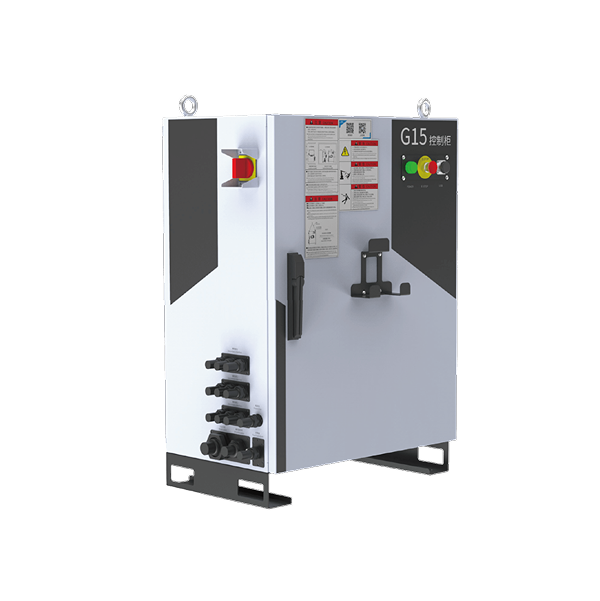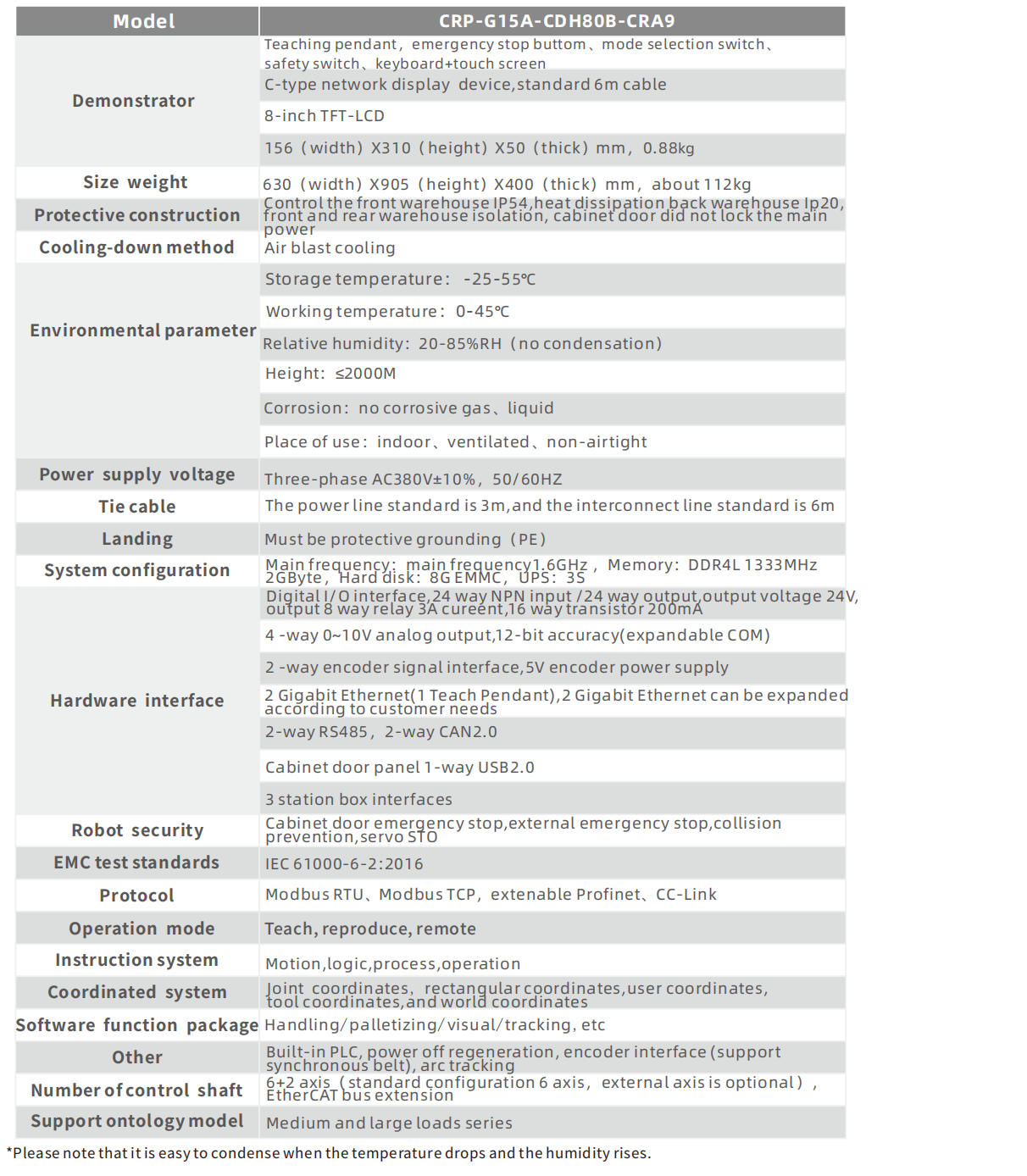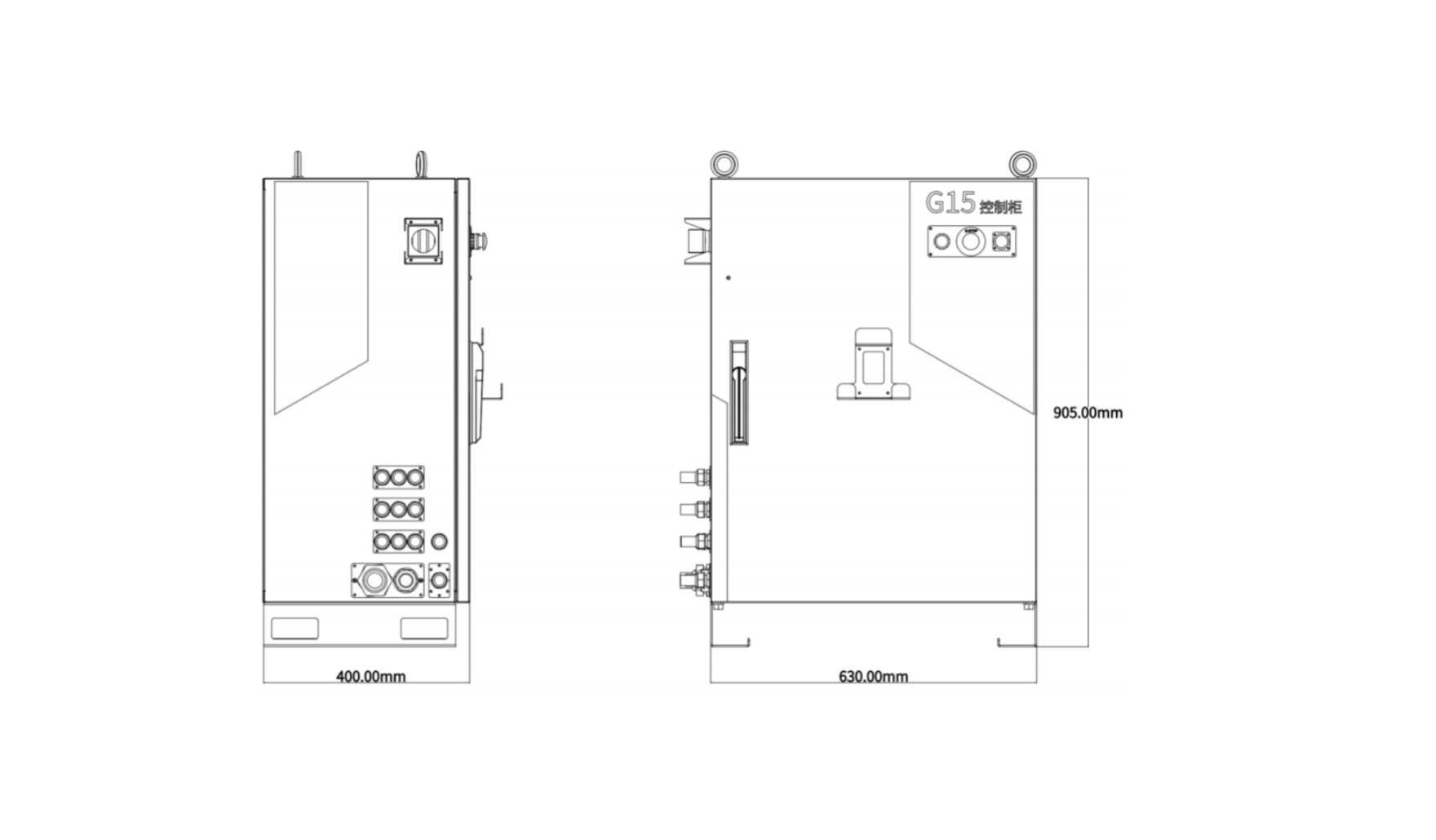not just welding

Using a split design
The electrical cabinet is mainly divided into a power room and a control room. The power room primarily houses heat-generating components, using multiple groups of fans+duct design to ensure good heat dissipation for these components. The control room is isolated from the power room to prevent dust and oil contamination, ensuring cleanliness in the control from being affected by dust and oil, which could lead to abnormal operation.
Configure a safety emergency stop panel independent of the control system, using imported forced-break relays to provide dual-circuit emergency stop externally, ensuring the reliability of the emergency stop.
Automatic external power-on function
Ensure that operators can control the robot while their line of sight is shifted or away from the robot, thereby safeguarding the personal safety of the operators.
Energy-saving mode
Effectively reduce standby energy consumption. At the same time, prevent personnel from accidentally entering the robot area during standby status, which can cause injury.
Using a three-phase 380V power supply directly, it saves the transformer and reduces costs.
Equipped with a three-phase filter, effectively isolating external interference and preventing internal interference from being output.
Add a USB port to the cabinet door, allowing program import and export without opening the cabinet door.
New door detection function added; power cannot be supplied if the door is not closed, avoiding the impact of dust entering due to unclosed cabinet doors on the control system.
Built-in reactor, to prevent power surges from impacting the control system.
Built-in UPS power supply, to avoid the impact of emergency stops and power outages on the robot's reducer.
High output power, capable of driving a load of 50-220kg.














